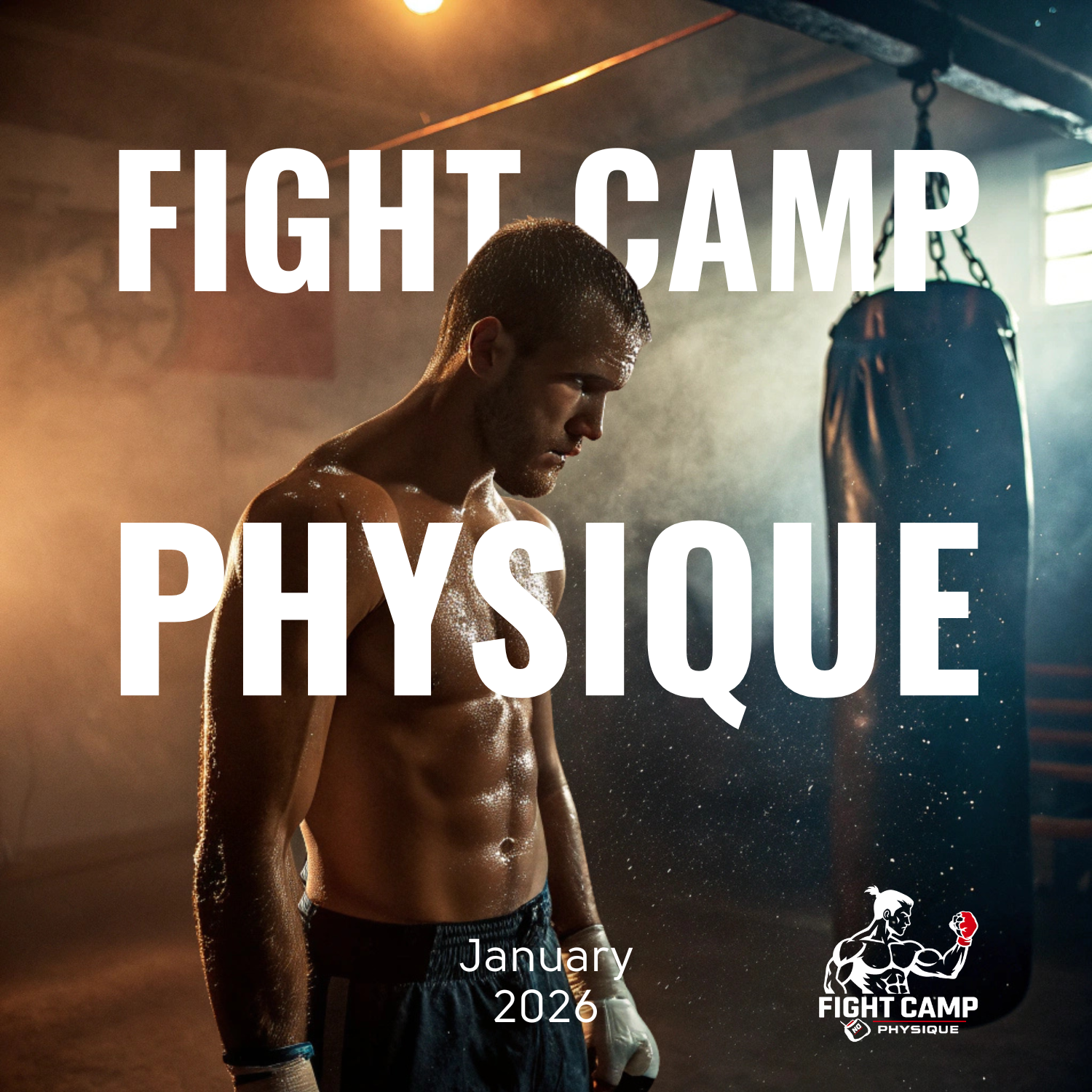5 Non-Muay Thai Drills & Exercises for Muay Thai

UNCONVENTIONAL DRILLS TO BOOST YOUR MUAY THAI SKILLS
By Sean Fagan
Muay Thai is hella fun. If you didn’t think it was fun, you wouldn’t be on this blog site reading about it!
While it’s easy to fall into the routine Muay Thai drills that we all love so much – roadwork, skipping rope, bag work, pad work, sparring, wash, rinse, repeat – those aren’t the only drills that combat athletes need in their training regimen.
Consistency breeds champions, but consistently doing the same things over and over again with no variation can also breed boredom, burnout, and – the athlete’s constant concern – injury. In order to be a beast at Muay Thai, you may want to consider doing some exercises that seemingly have nothing to do with Muay Thai.
Here are five non-Muay Thai drills that can help bring your fight game to the next level – and you don’t even need a partner, heavy bag, or ring to do them!
DRILL 1: Hill Sprints
Whoa, whoa, whoa… get back here! Move your cursor away from that “X” and hear me out: Yes, hill sprints are a terrible torture for which no one in their right mind would willingly volunteer. “No one,” that is, who hasn’t seen what they can do for your power and stamina.
Hill sprints are a secret weapon, strengthening your explosive muscles to make you less injury-prone. (In fact, hill sprints are associated less with injuries than long, steady-state endurance runs.) Hill sprints also increase your aerobic capacity, as well as your brain’s ability to communicate with your muscles. Your nervous system improves the synchronization of your motor firing units, enabling your body to adapt to a greater physical output while resisting intense fatigue. Ummm… yes, please???
So what do you need to do? Well, for starters, find a hill. Then, at your top possible speed, sprint up the hill. The thing to remember, and the part that can be kind of tricky, is how to sprint up the hill. Follow these tips to have great form:
- Take small steps. Think quick feet, not long strides.
- Pick your knees up high, ensuring that your stepping foot is clearing the incline as your back foot is propelling forward.
- Keeps your shoulders pulled back and your back straight and tall. Don’t hunch.
- Don’t look at the ground. Keep your eyes up, looking towards the top of the hill. Eye on the prize!
- Work those arms. Keep your elbows close to your body and pump your arms naturally to help propel you and maintain balance. Keep your hands open and relaxed – tightly-balled fists take up precious energy!
DRILL 2: Turkish Get-Ups
This movement is a king among other peasant exercises. To execute this full-body undertaking, you will need (preferably) a kettlebell or a dumbbell.
This exercise is a little wordy to explain using prose, so it’s probably a good idea to check out a video or two on YouTube or (even better) speak to a trainer before you attempt it.
But why attempt it in the first place? What’s so special about getting up and lying back down again? The Turkish get-up is a complicated full-body exercise that increases your core stabilizers and overall strength. It requires upper body, abdominal, glute, and leg strength to master. Due to its holistic, full-body nature, the get-up forces your body to move and work as one seamless, cohesive unit, all while enduring a fatiguing weight that demands both muscular and cardiovascular endurance – necessary components to every fighting nak muay.
DRILL 3: Planks
You hate planks. I can write that with 95% confidence. You’ll love, however, what planks can do for you. Planks are a great exercise to add to the end of your regular Muay Thai training, as they aren’t going to tax your cardiorespiratory system any further. Instead, planks tax your core and mental fortitude.
This exercise is incredibly simple. You can start out by simply staying up in a push-up position, your elbows straight, your shoulders lined up above your hands, and your legs straight all the way to where the balls of your feet are on the mat. Keep your spine, butt, and legs all in a straight, rigid line. Level up by alternating between raising one hand to touch your opposite shoulder, then the other (but try to keep your hips steady – no twisting!) Another variation is to raise your left leg and right arm together, then switch to the right leg and the left arm. Or, lower yourself down to your elbows and just hold it for as long as you can.
Planks not only strengthen your core, but also improve your glute and hamstring strength, increase your balance, and assist with correcting lower back pain. And because planks are… well, let’s just say “not pleasant,” doing them will teach your mind to push through pain and become comfortable with being uncomfortable, something all fighters must master.
DRILL 4: Agility Ladders
Drills like this require a rapid change of direction and attention, and help to improve your coordination and reaction times. Agility drills can also improve proprioception, or body awareness. Add all of that together, and you have the skills necessary to react quickly and coordinate counter strikes with the strength and balance that comes from the foundation of having your feet right. It’s a fighter’s dream.
Start by laying the agility ladder on the ground (or you can literally use sidewalk chalk to draw a ladder in the asphalt or in your garage). Facing the ladder at its end, rapidly move both feet “in” and both feet “out” of each section, all the way down the ladder, and then work your way back. There are tons of other agility ladder drills you can try, such as doing rapid jumping jacks in and out of the ladder rungs, trying a shuffle drill, or a step-in, turn, and pivot drill. In every iteration you try, keep your hands up as if simulating an actual fight, keep your balance, and be creative!
DRILL 5: Dynamic Stretching
This last one is also probably the most important. Fighters, on average, do not stretch enough, before and after a workout. The fighters that do stretch tend to stretch in ways that are actually exposing them to a greater risk of injury, not mitigating their risk. Flexibility is important not only so that you can land skull-crushing head kicks, but also to keep your body limber, healthy, and injury-free.
What you don’t need to be doing is static stretching. These are easy to identify: they’re the stretches where you are trying to touch your toes or yank your arm back over your head, but you’re not moving. You’re not warm. You’re doing more harm than good.
Instead, first engage in a light, brisk warm-up. This could be skipping rope, doing jumping jacks, going for an easy jog, or anything else that will warm your muscles and break you into a light sweat. Don’t start stretching until you are a little bit sweaty. Ever.
After your light warm-up, don’t sit down and start trying to do the splits. Instead, stretch while still in motion:
- Raise your straightened legs up in front of you, like you’re trying to kick the ceiling.
- Keep jogging, but do butt kicks and high knees.
- Do deep walking lunges.
- As you’re taking a step, place your heel on the ground and then reach both hands down to your foot (with your toe still pointing up) and then slowly reach up to the sky; repeat with the other leg on the next step.
- Take a step, then lift one leg into your hands with one hand under your ankle and the other hand over your knee; lift the leg in your hands ever so slightly while you use your base leg to go up on your tippy toes, then repeat with the other leg on the next step.
Try these and other dynamic stretching routines (there are many!) to ensure that you’re warmed up properly and ready to blast some incredible kicks without pulling a muscle.
Feed Your Muay Thai Addiction!
Join our "Muay Thai Mondays" email newsletter for the latest updates on new videos, special events and everything Muay Thai!








